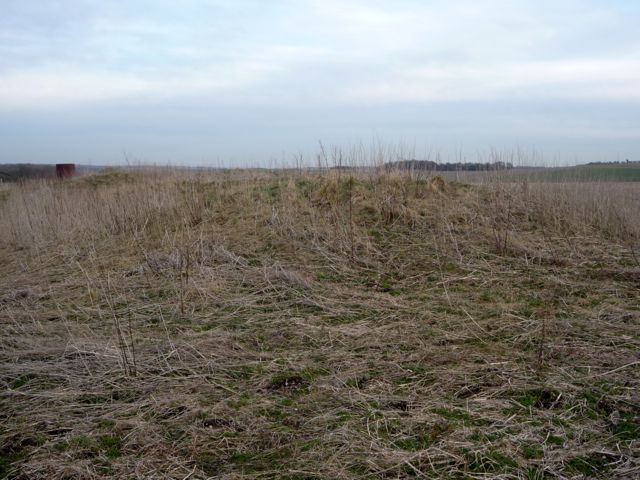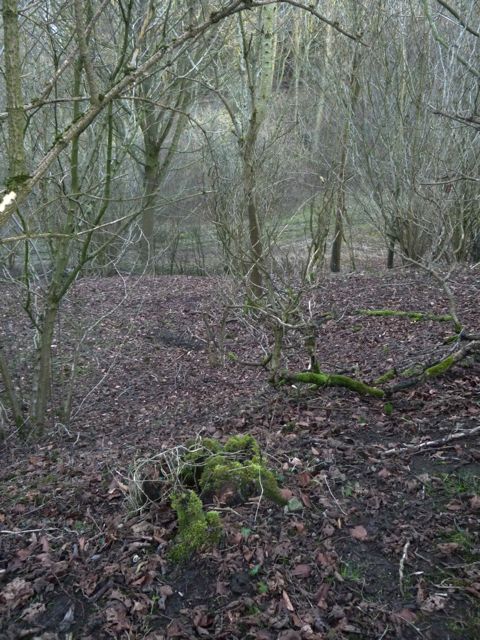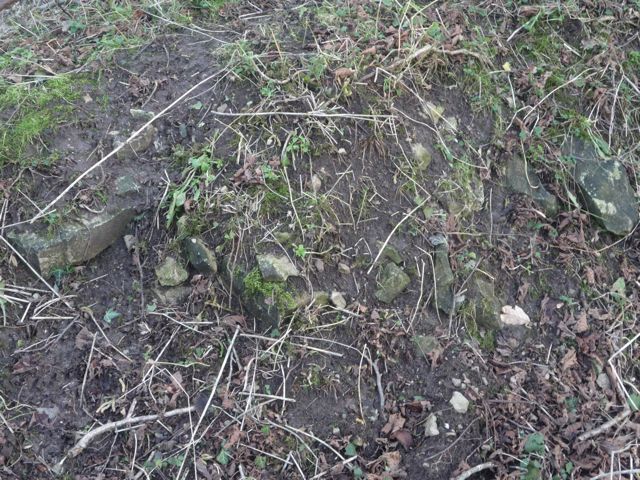Walking up from Fognam, the trail runs across a series of fields running parallel to the Medieval Park Pale surrounding Ashdown; to the south in the valley bottom runs the Sugar Way, which runs from the barrow cemetery on Sugar Hill, to Hackpen Hill via Seven Barrows.
The main barrows, Three Barrows, line east-west along the north ridge of Idstone Down. Just to the north, defining the ridge is an earthwork running east-west which is contemporaneous with the development of the barrow cemetery. There are additional barrows noted in Pastscape as crop markings and also further down the hill.
The barrows are quite exposed, the weather this evening having a strong windchill; usually in this area you can also see one of the large herds of Fallow Deer which are part of the Ashdown Estate.


























